1. Labradoodles
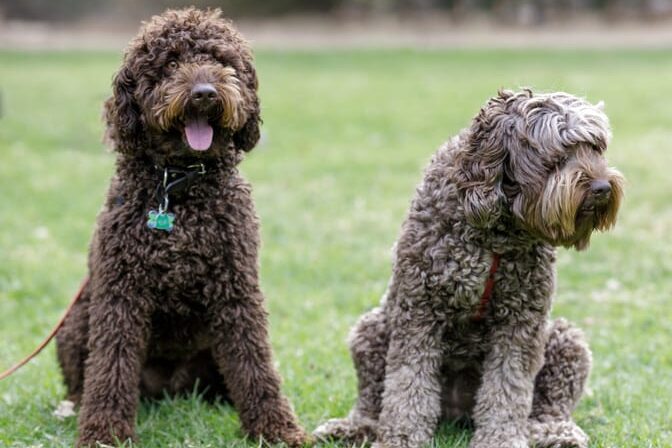
Designer dogs exploded in popularity over the last few decades, promising the best of two breeds wrapped into one irresistible package. They were supposed to be smart, allergy-friendly, and picture-perfect. But as these stories show, sometimes the reality is far from what the glossy ads and viral photos suggest.
The Labradoodle was originally bred in Australia in the 1980s as an assistance dog for people with allergies. The idea seemed genius: combine the intelligence of a Poodle with the gentle, trainable nature of a Labrador Retriever. But in practice, things didn’t go so smoothly. Many Labradoodles still shed heavily, defeating the “hypoallergenic” promise that made them so appealing. Even worse, breeding experiments often produced unpredictable mixes of size, coat type, and temperament. Some breeders now openly admit that Labradoodles became a “Frankenstein’s monster” of sorts, with joint issues, allergies, and even temperament challenges that leave families overwhelmed. Instead of an easy-care, allergy-free companion, many owners find themselves juggling nonstop grooming appointments and unexpected vet bills.
2. Puggles
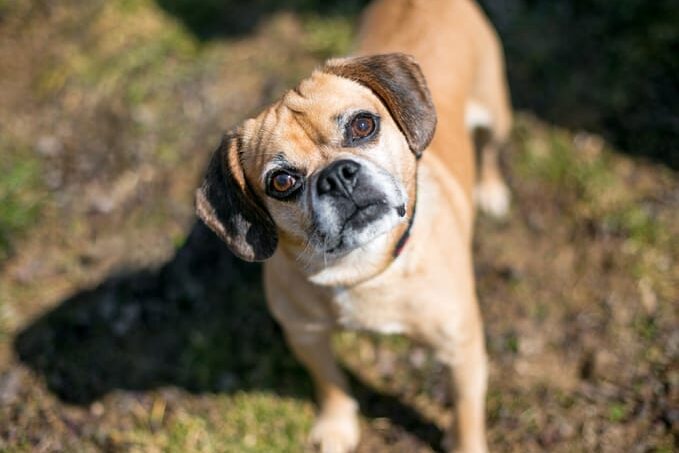
The Puggle, a cross between a Beagle and a Pug, skyrocketed in popularity in the early 2000s. On paper, the combination sounded ideal: the playful sweetness of a Beagle with the compact cuteness of a Pug. In reality, though, Puggles often inherit the Pug’s flat face and breathing struggles, along with the Beagle’s loud, stubborn streak. This means they may snore loudly, tire quickly on walks, and still howl at every passing car or squirrel. Training them can be a real challenge, as their Beagle side tends to wander and ignore commands. Families who expected an easy, cheerful lapdog sometimes find themselves with a headstrong pup who needs constant attention, patience, and medical care. What looks adorable in puppy form can quickly turn into a demanding commitment that owners weren’t prepared for.
3. Goldendoodles
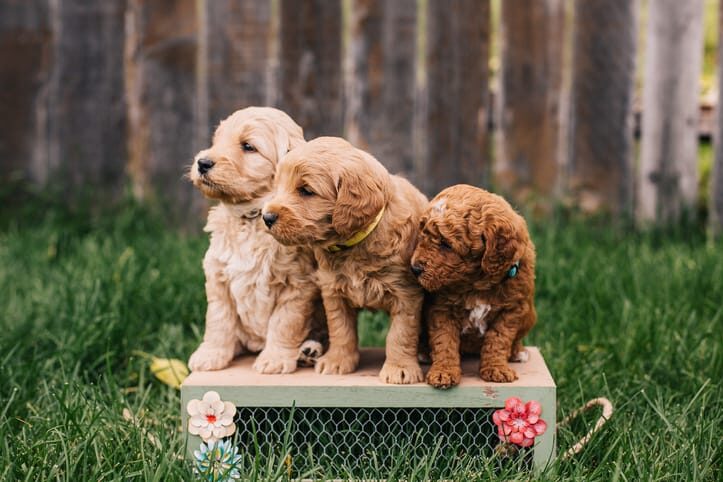
Goldendoodles were marketed as the ultimate family dog, smart, loving, and hypoallergenic. Families imagined them as the perfect mix of Golden Retriever sweetness and Poodle intelligence. But one common surprise is just how big they can get. While some stay medium-sized, many grow into 70- to 90-pound giants who need space, exercise, and strength to manage. Their coats, too, can be deceiving: some tangle and mat easily, requiring expensive, frequent grooming sessions. Neglecting their coat care can leave them uncomfortable and even in pain. While many Goldendoodles do thrive in the right homes, others prove too much for families who expected a low-maintenance pet. Stories abound of owners overwhelmed by the constant brushing, towering size, and sky-high energy levels that weren’t advertised when the breed first became trendy.
4. Chorkies
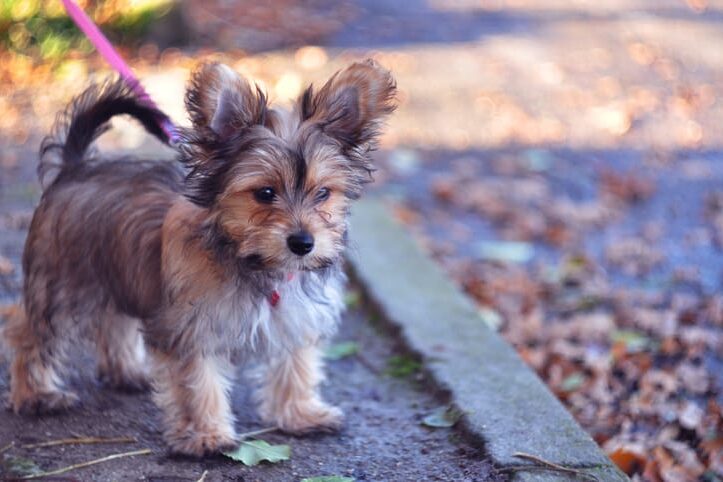
The Chorkie, a cross between a Chihuahua and a Yorkshire Terrier, might look like a pint-sized ball of fun, but these little dogs often bring big personality challenges. They can be anxious and high-strung, barking at every noise and nipping when startled. Their small size doesn’t necessarily make them kid-friendly, either; many Chorkies don’t tolerate rough play and may snap if handled too firmly. Socializing them early is essential, but even with effort, their tendency toward nervous, territorial behavior can make them hard to manage in busy households. Despite their toy-like appearance, they need firm training and patient owners who understand their sensitivities. Without that, a Chorkie can become more of a household stressor than the cheerful lapdog people expected when they fell for those tiny puppy-dog eyes.
5. Pomskies
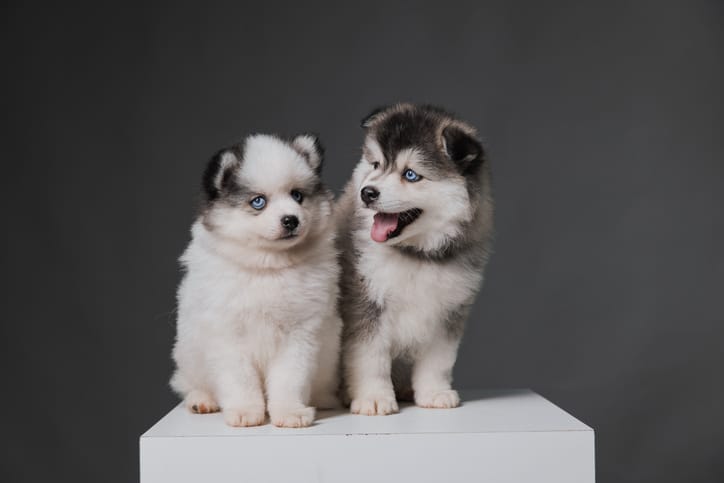
At first glance, the Pomsky, half Pomeranian, half Husky, looks like a dream come true, resembling a miniature wolf or fluffy sled dog. Social media made them viral stars, with photos of tiny Pomsky puppies racking up millions of views. But as they grow, many owners discover the Husky side isn’t so easily shrunk. Some Pomskies inherit the Husky’s powerful need for exercise, mental stimulation, and independence. This means they dig up yards, howl at all hours, or slip away through the smallest escape routes. Others inherit the Pomeranian’s yappy tendencies, creating a noisy and restless companion. Their energy levels and stubborn streaks can overwhelm apartment dwellers or families looking for a quiet pet. While undeniably beautiful, Pomskies often prove better suited for highly active households than the average dog lover drawn in by their wolf-like charm.
6. Cockapoos
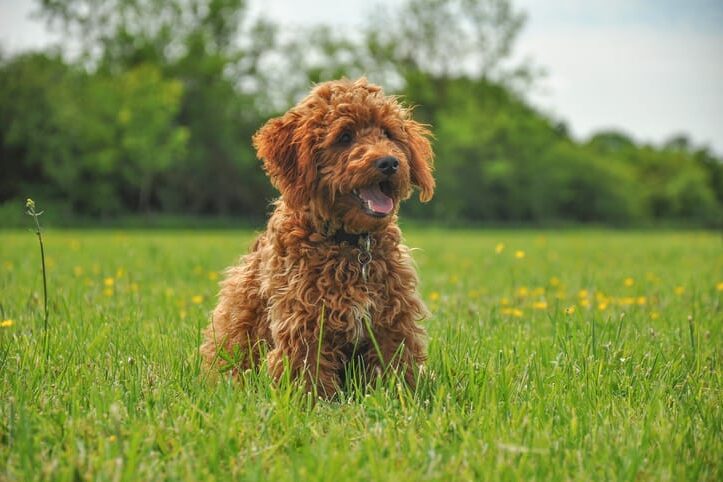
The Cockapoo, a mix of a Cocker Spaniel and a Poodle, has been around since the 1960s and is often called the “original designer dog.” People adore them for their sweet looks and potential for a low-shedding coat. But they also come with emotional baggage, literally. Some Cockapoos inherit the Cocker Spaniel’s tendency toward emotional instability, which can lead to severe separation anxiety. This means that when left alone, they may cry, chew, or scratch at doors and furniture until their owners return. Their Poodle side makes them intelligent, but without proper training and stimulation, that intelligence turns into mischief. Families expecting a cheerful, low-maintenance pup sometimes end up with a dog that struggles to be alone and requires careful management to avoid destructive behavior.
7. Schnoodles
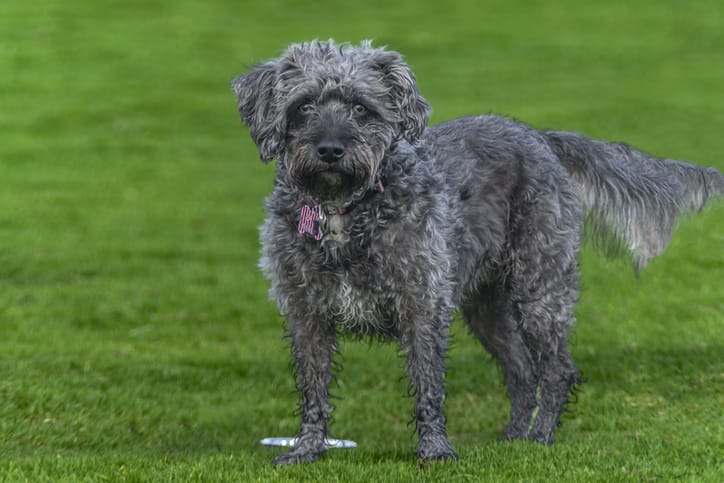
Part Schnauzer, part Poodle, the Schnoodle was designed to be playful, affectionate, and low-shedding. But their energy levels can vary dramatically depending on which parent breed they take after. Some Schnoodles are calm cuddle-bugs, while others seem like perpetual motion machines who need hours of daily activity to stay balanced. Their coats also require unpredictable amounts of grooming, sometimes resembling a shaggy Schnauzer and other times a curly Poodle. This unpredictability can leave new owners confused and unprepared. Without consistency in temperament or appearance, families may struggle to know what to expect. While many Schnoodles thrive in the right homes, others highlight how tricky designer breeding can be when the outcome is so variable.
8. Morkies

Tiny, fluffy, and irresistibly cute, Morkies, Maltese and Yorkshire Terrier mixes, look like they were made to be carried around in handbags. But their fragility is one of their biggest challenges. Weighing just a few pounds, they are prone to injury if accidentally dropped or stepped on, making them risky around small children. Health-wise, Morkies are also prone to dental disease, fragile bones, and digestive troubles that can require frequent vet visits. Owners often find themselves juggling a strict diet, dental cleanings, and close supervision just to keep their pup healthy and safe. While their small size makes them apartment-friendly, it also demands extra caution and care that not everyone realizes before bringing one home.
9. Maltipoos

Maltipoos, the Maltese-Poodle hybrid, are one of the most overbred designer dogs thanks to their popularity among city dwellers and celebrities. Unfortunately, the demand has led to mass breeding without careful attention to genetics. As a result, many Maltipoos suffer from chronic issues like ear infections, tear staining, and joint problems that develop early in life. Owners often discover that their “easy, family-friendly companion” comes with a surprising amount of vet care and grooming needs. Their small size also makes them vulnerable to injury, and some can develop nervous temperaments if not socialized properly. While they may look like fluffy bundles of joy, Maltipoos often require more medical and emotional support than their reputation suggests.
10. Cavapoos
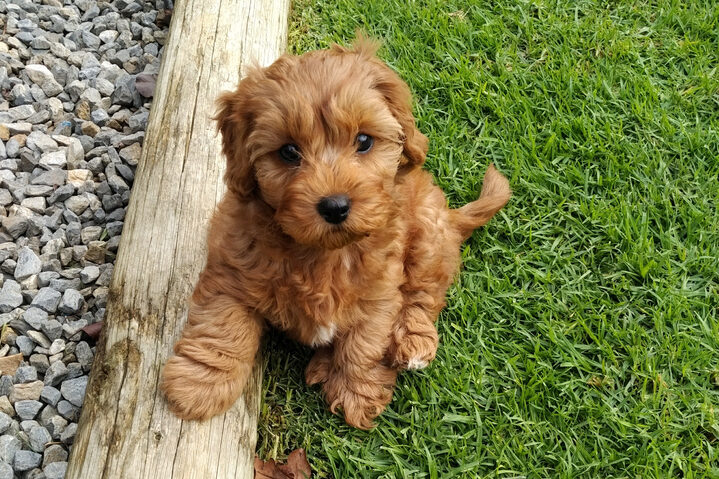
The Cavapoo, a mix of a Cavalier King Charles Spaniel and a Poodle, is adored for its teddy bear looks and gentle nature. However, one of the biggest risks lies in the Cavalier side of their genetics. Cavalier King Charles Spaniels are notorious for serious heart conditions, particularly mitral valve disease, which can shorten a dog’s lifespan dramatically. Unfortunately, many Cavapoos inherit this issue, along with other health concerns such as ear infections or hip problems. Families who choose a Cavapoo often don’t realize the potential for costly and heartbreaking medical challenges. While their sweet personality can make them a joy to live with, Cavapoos remind us that not all designer mixes erase the risks of their parent breeds, sometimes, they carry them forward.
11. Shih-Poos

Shih-Poos, the cross between a Shih Tzu and a Poodle, are often sold as the ultimate “teddy bear” dogs, small, soft, and endlessly cuddly. But behind the plush exterior, many Shih-Poos face lifelong health challenges. Their Shih Tzu lineage can pass down breathing issues tied to short snouts, while their Poodle side may contribute to skin sensitivities and allergies. This mix often results in dogs that need ongoing care for itchy skin, tear staining, or respiratory problems. Their grooming needs are also high, as their thick, curly coats can mat quickly if not brushed regularly. For families who thought they were bringing home an easy companion, the reality can be a demanding mix of vet visits and maintenance routines. Despite their sweet looks, Shih-Poos often prove that “cute” doesn’t always mean “carefree.”
Designer Overbreeding and Adoption
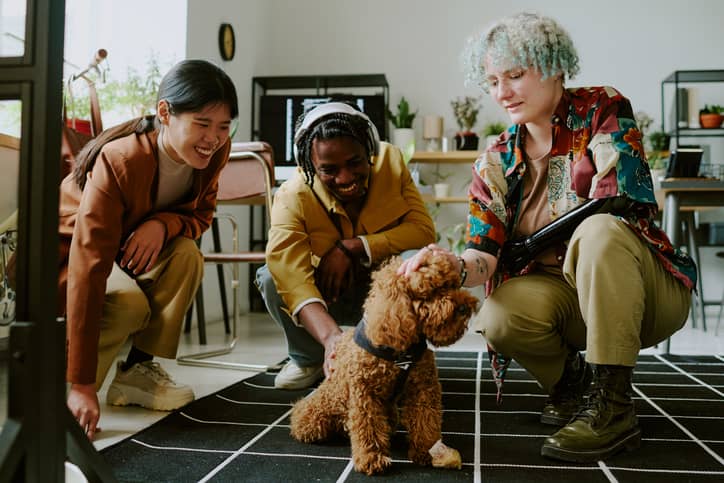
The rise of designer dogs has shown just how quickly trends can overtake careful breeding practices. With demand soaring, many inexperienced or profit-driven breeders have cut corners, creating dogs with compounded health risks and unpredictable temperaments. It’s a reminder that mixing breeds doesn’t erase genetic problems, it can sometimes double them. But there’s a brighter side, too. Shelters and rescues are filled with loving dogs of every size, shape, and background waiting for a home. By adopting, you not only save a life but often find a pet who is healthier, happier, and more grateful than any trendy mix could promise. In the end, the best dog isn’t always the most fashionable, it’s the one who’s the right fit for your family, waiting patiently for you to discover them.
This story 11 Times Designer Dogs Went Very Wrong was first published on Daily FETCH


